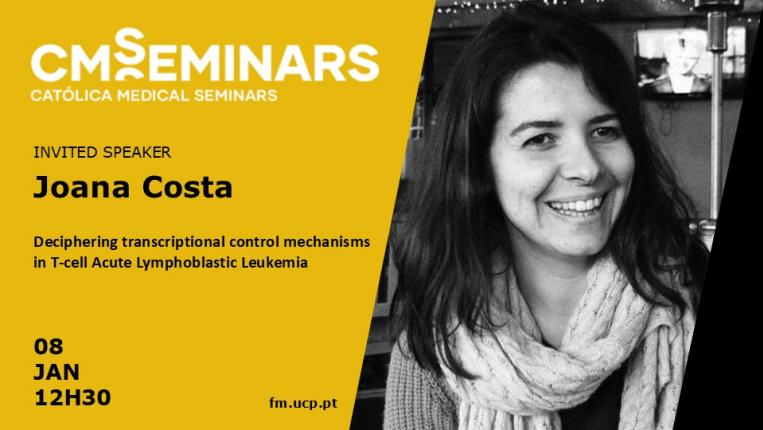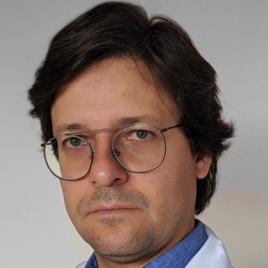This CU is transversal in the third year of the curriculum.
Topographic aspects of human anatomy are described in order to review knowledge acquired in the first and second year and to correlate with diagnostic procedures and assessment of clinical issues, demonstrating the practical use of anatomical knowledge.
Intended learning outcomes (knowledge, skills and competences to be developed by the students)
- knowledge of the various imaging modalities available addressing;
- the physics of each modality;
- the advantages and disadvantages of each modality;
- the appropriateness of each modality to the organ / disease under investigation;
- the concepts of sensitivity and specificity in imaging.
- development and knowledge of the concepts of anatomical study through medical imaging addressing:
- identification of the region of the body where diseases arises;
- radiological interpretation of normal anatomy and its variants;
- knowledge of the main pathological processes identified through imaging;
- indication for different imaging modalities to assess common and urgent clinical problems.
Syllabus
Physics of Radiation:
- Legislation of Imaging radiation in Portugal;
- Radiation Dose of most common studies.
Semiotics:
- Terminology in radiology;
- Contrast media in radiology.
- Appropriateness criteria and protocols, safety, other complications in imaging (contrast media, intervention, magnetic resonance, management of results and expectations).
Nuclear Medicine:
- Concepts of functional, metabolic and molecular imaging.
- Imaging of the Child and Pregnancy and in Emergency Medicine.
- Imaging and clinical correlation with main pathological processes.
- Integration of Anatomy and Imaging of the Chest, Abdomen and Pelvis, Head and Neck, Vertebral Column, Upper and Lower Limbs.




